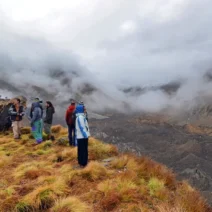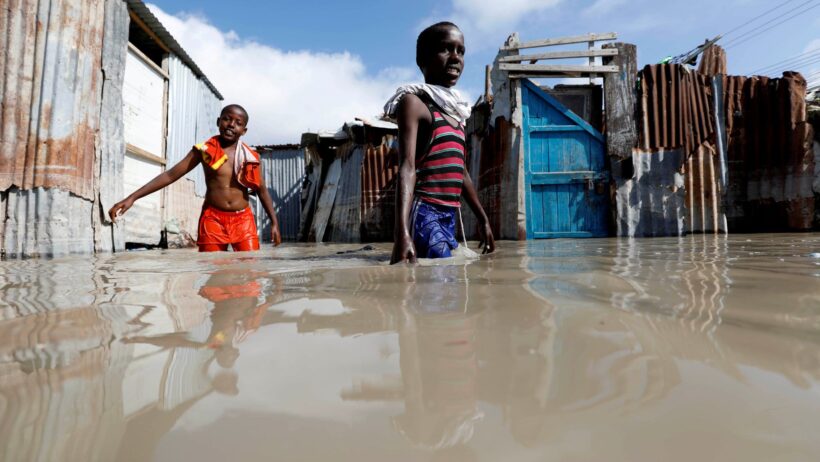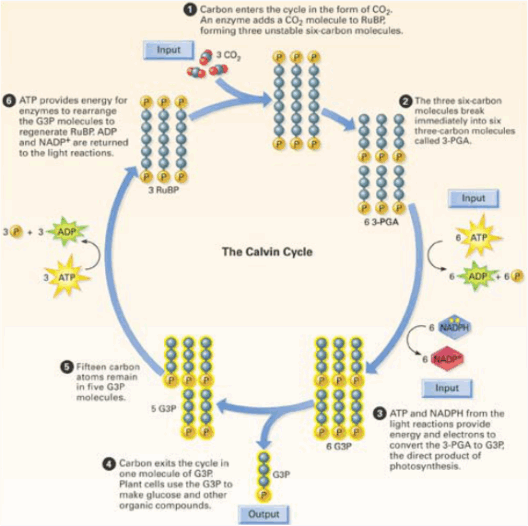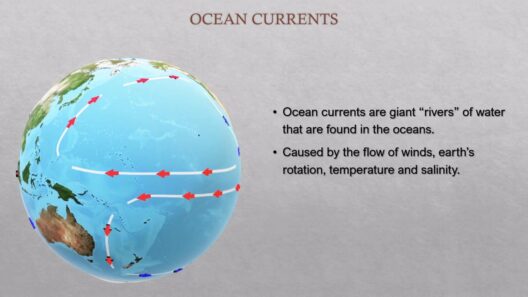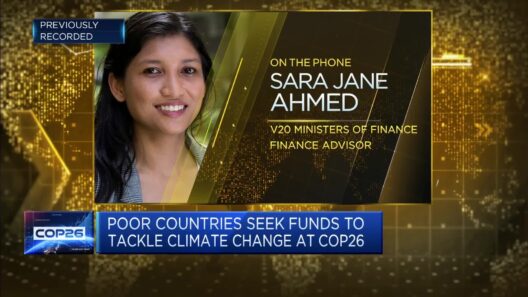The notion that climate change is a mere oversensitivity in the face of fluctuating weather patterns is akin to dismissing a raging fire because one only perceives the flicker of its flames. The pervasive shifts in global climates, bolstered by extensive scientific scrutiny, position climate change not as an abstract concern but as an imminent reality necessitating urgent action.
First, let us delve into the scientific consensus surrounding climate change. A multitude of studies conducted by climatologists elucidates the unequivocal trend of rising global temperatures. Earth’s average surface temperature has escalated by approximately 1.2 degrees Celsius since the late 19th century. While some may argue that this temperature increase falls within a manageable range, it is essential to recognize that even seemingly minor fluctuations can precipitate catastrophic consequences. The metaphorical small crack in a dam can later culminate in a colossal failure, analogous to the subtle shifts in temperature signaling perilous alterations in ecological balance.
One of the stark manifestations of climate change is the acceleration of extreme weather events. Hurricanes, wildfires, floods, and droughts have not only increased in frequency but also in intensity. These phenomena, once regarded as aberrations, are now becoming the new norm. For example, the catastrophic wildfires that ravaged vast regions of Australia and the United States in recent years can be attributed to the warming climate, which exacerbates conditions such as prolonged drought and heat waves. These events exert unfathomable tolls on ecosystems and human communities alike, turning vibrant landscapes into barren wastelands.
Moreover, the ocean—a vital component of Earth’s climate system—stands as a sentinel of climate change. The rise in global temperatures has resulted in ocean warming and acidification, wreaking havoc on marine biodiversity. Coral reefs, often dubbed the “rainforests of the sea,” are succumbing to bleaching events triggered by rising water temperatures. The disappearance of these ecosystems, which house a vast array of marine life, signifies not just a loss of beauty but also the obliteration of critical habitats and sources of livelihood for millions. One could liken the ongoing transformation of the ocean to an artist’s canvas that, once vibrant and alive, is now gradually being muted and transformed into shades of grey.
Furthermore, the polar regions, often seen as the planet’s refrigerators, serve as indicators of climate change’s harsh reality. The alarming rate of ice melt in Greenland and Antarctica has profound implications for global sea levels. As glaciers recede and ice sheets collapse, projections indicate that sea levels could rise by several feet over the coming century, threatening coastal communities, ecosystems, and economies around the globe. Such eventualities—though difficult to fathom—are akin to observing a slow-motion disaster unfurling over decades, where the consequences compound stealthily, yet surely.
Examining the socio-economic ramifications of climate change reveals a further layer of complexity. With its insidious encroachments, climate change exacerbates existing inequalities and vulnerabilities. Vulnerable populations, often residing in marginalized communities, bear the brunt of these impacts, facing food insecurity, health risks, and displacement. Climate change establishes an undeniable connection between social justice and environmental stewardship; it does not merely precipitate physical changes but also propagates systemic challenges that amplify societal divides.
Addressing climate change necessitates a multifaceted approach, emphasizing mitigation, adaptation, and resilience. Transitioning to renewable energy sources, such as wind and solar, will not only diminish greenhouse gas emissions but also create sustainable job opportunities. It presents a chance for innovation and a shift in economic paradigms, evolving towards a more ecologically attuned society. Moreover, reforestation and conservation efforts must be prioritized to restore ecosystems and bolster biodiversity, creating a renewed equilibrium between mankind and nature.
In the realm of policy, it is imperative that governmental bodies enact stringent regulations to limit carbon emissions and encourage sustainable practices. The Paris Agreement, while a significant step forward, requires robust commitment and collaboration amongst nations to hold each other accountable. Nations should not only set ambitious targets but also invest in technological advancements aimed at combating climate change. Each increment of progress is akin to laying bricks on a sturdy foundation, essential for constructing a resilient future.
Critically, the dialogue surrounding climate change must transcend the binary debate of whether it is real or exaggerated. Awareness and education play pivotal roles in fostering an informed populace receptive to change. The media, educators, and community leaders serve as crucial conduits of knowledge, inspiring collective action and grassroots initiatives. Cultivating a culture of environmental consciousness fosters unity and resilience, nurturing interconnectedness among individuals working towards a common goal.
In conclusion, climate change is a daunting reality that beckons us towards immediate action. It is neither a figment of imagination nor predominantly an alarmist narrative; it is manifesting before our eyes like an unanticipated shift in the tides. By recognizing the urgency of this issue and mobilizing our collective efforts, we stand a fighting chance in steering our planet away from the brink of irreparable damage. Just as the Phoenix rises from its ashes, humanity, too, has the potential to emerge anew, revitalized with commitment to preservation and sustainability for the generations to come.

